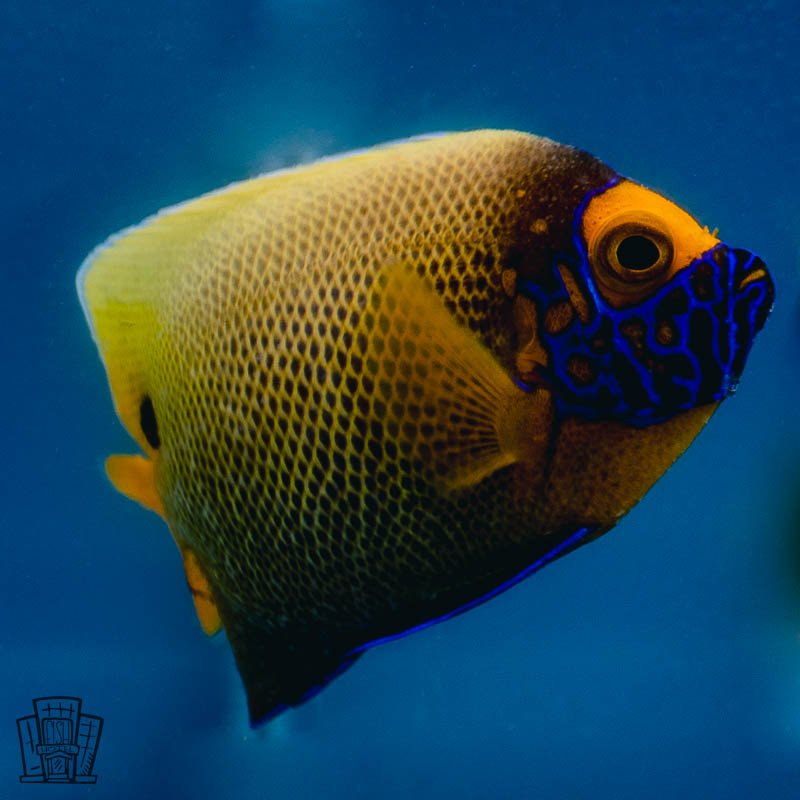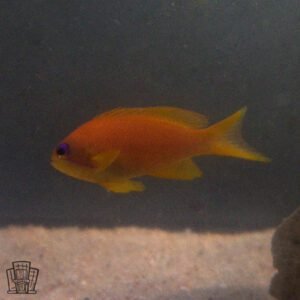Description
- Scientific Name: Pomacanthus xanthometopon
- Common Names: Blueface Angelfish, Yellowface Angelfish
- Maximum Length: 15 inches (38 cm)
- Minimum Aquarium Size: 125 gallons (473 liters) for juveniles; 220 gallons (832 liters) or larger for adults. Their large size and active swimming require significant space and rockwork for hiding.
- Foods and Feeding Habits: Omnivorous, focusing on sponges, tunicates, and algae in the wild. In aquariums, offer sponge-based formulas, algae sheets with spirulina, and frozen foods like mysis shrimp, brine shrimp, or chopped seafood. Feed small portions 2-3 times daily. Specimens under 8 inches adapt best, but they may need encouragement to eat initially.
- Reef Safety: With caution; they may nip at sessile invertebrates, sponges, or large-polyp corals. Best suited for fish-only or carefully monitored reef tanks with ample feeding.
- Temperament: Semi-aggressive, often solitary and territorial toward similar angelfish. Introduce as the last addition and pair with robust, non-similar tankmates like tangs or wrasses to minimize conflicts.
- Description: The Blueface Angelfish stands out with its vivid coloration. Adults feature a bright blue face framed by a yellow mask around the eyes, a yellow body overlaid with blue scales, and a yellow tail. Juveniles display blue and white vertical stripes that transform dramatically as they mature. Native to Indo-Pacific reefs from the Maldives to Vanuatu, they inhabit coral-rich lagoons and outer slopes with caves at 5-30 meters depth. Their need for a sponge-rich diet and large space makes them suitable for experienced aquarists, but their hardy nature once acclimated adds a bold presence to the tank.
Fun Facts:
- Blueface Angelfish undergo a striking transformation from striped juveniles to vibrant adults, almost like a complete makeover.
- They can change sex from female to male in response to social hierarchy, a common trait in angelfish for group stability.
- A rare vagrant sighting occurred off Florida in 2006, far from their native Indo-Pacific range.





